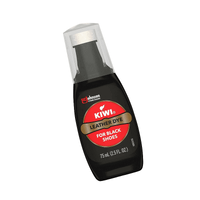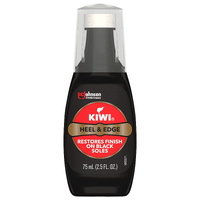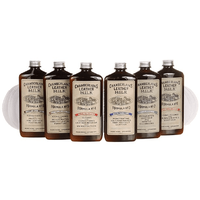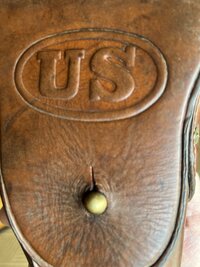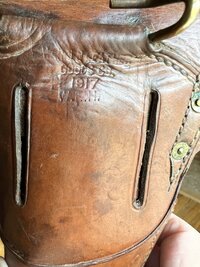Yes and it's made the price of good leather items skyrocket in price...I have two Schott leather biker jackets I bought maybe 15 years ago...I paid less than $200 each for them...same jacket is now $950 or more, depending on size. I bought them at the leather store that used to be where Shooters Outpost is now.That makes sense. The general crackdown on the production of said item in the US has lead to that item mostly needing to be brought in from somewhere else with lower standards. I feel like this is a recurring theme.
I bought two of these, one a little larger than the other so I can wear a sweatshirt under the larger one when it's chilly outside:

Classic Perfecto® Leather Motorcycle Jacket 118
Last edited:

